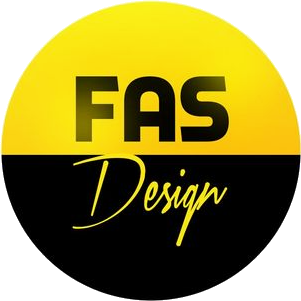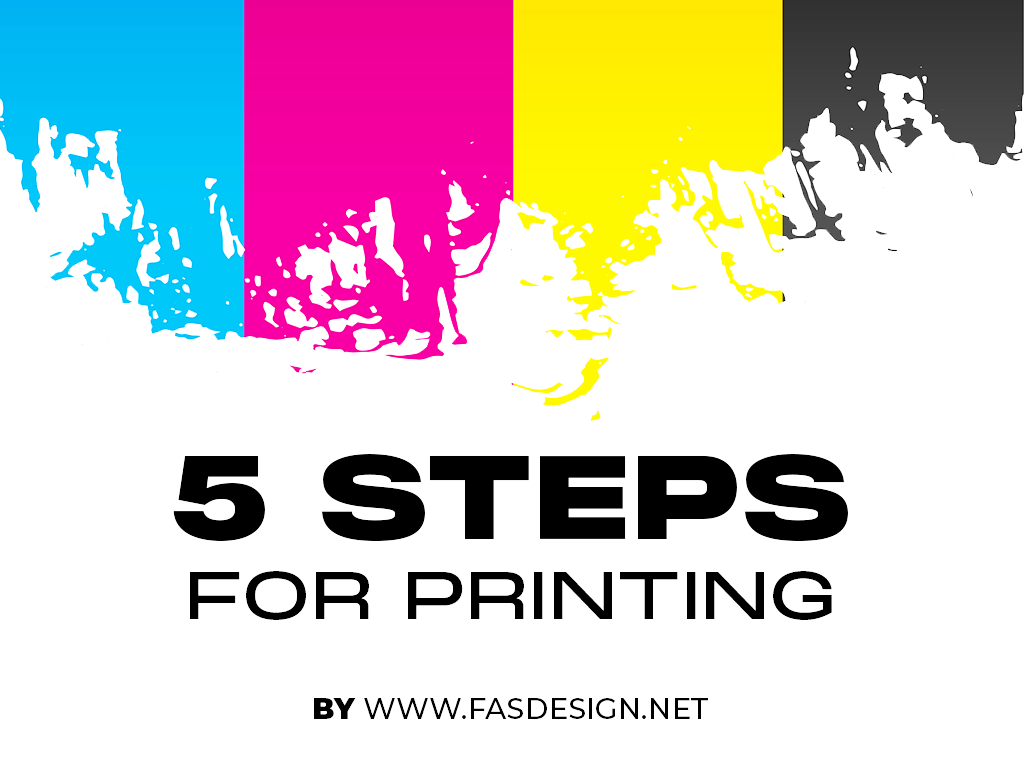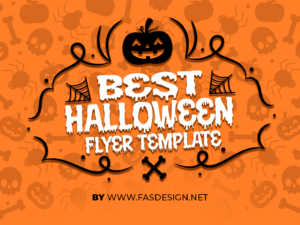Whether you are a graphic designer or not, beginner or not, depending on your communication media, you will be required to produce documents and files that you will have to bring to the printer (flyer, sales brochure, business card, etc.).
In order to get quality output documents, you will first need to prepare your files for printing, and you must have specifications to meet.
Create your file with a resolution of at least 300 DPI
Good resolution is important for the graphic templates to be clean and professional at the time of printing. To print a logo or any other illustration, the resolution must be high so that the image appears clear.
Good to know:
Ideally, if you need to print a flyer or an A4 document, you should favor a minimum resolution of 300 pixels / inch.
On the other hand, if it is a larger poster, you can easily adopt a resolution of 600 pixels / inch. This provides optimal rendering and a perfectly distinct image over a long distance.
Using CMYK colors
Adjusting the color is an important step before printing.
Did you know?
The colors displayed on your computer screen will not be exactly the same on the printed paper. The intensity of the colors may deteriorate, which will have an unfortunate effect on the visual appearance of the document.
To get the best color when printing, it is better to work the colors of the images in your file in CMYK (Cyan Magenta Yellow Black) instead of RGB (Red Green Blue). Most colors that you create in RGB mode cannot be achieved with standard four-color printing process.

The use of vector images
There are several ways to create visuals, but it is highly recommended to design a vector image for printing your document.
A vector image is made up of several geometric shapes instead of pixels. What does it change ? This then allows you to enlarge or shrink it without losing its quality.

A delivery format recognized by the printer
There are several predefined image formats (JPG, PNG, BMP, etc.) that you can use to distribute your file online. Except that to send your document to a printer, it will be necessary to rely on a more professional format, which it will be able to process.
Many have predefined constraints and it is best to inquire directly with him to find out the format he wishes to receive.
If necessary, if you do not have contact with the printer, save your document in a high-resolution PDF format. “Most printers will accept high resolution PDFs, AI, and EPS files”
Also consider working with your own or your printer’s templates to avoid sending an unusable file for printing.
Add a bleed to your graphic design
It is often forgotten! However, the bleed provides room for maneuver for possible resizing during the printing of the file.
Did you know ?
The bleed must not contain elements essential to the document (logo, typography, etc.).
Therefore, you should definitely think about adding margins of about 5mm to 3mm to your file.

This overflow will then be removed by the printer during the cutting of the final graphic, to keep only the central and main part.
For your creation, it is necessary to master the technical parameters of layout to produce a document for quality printing.




